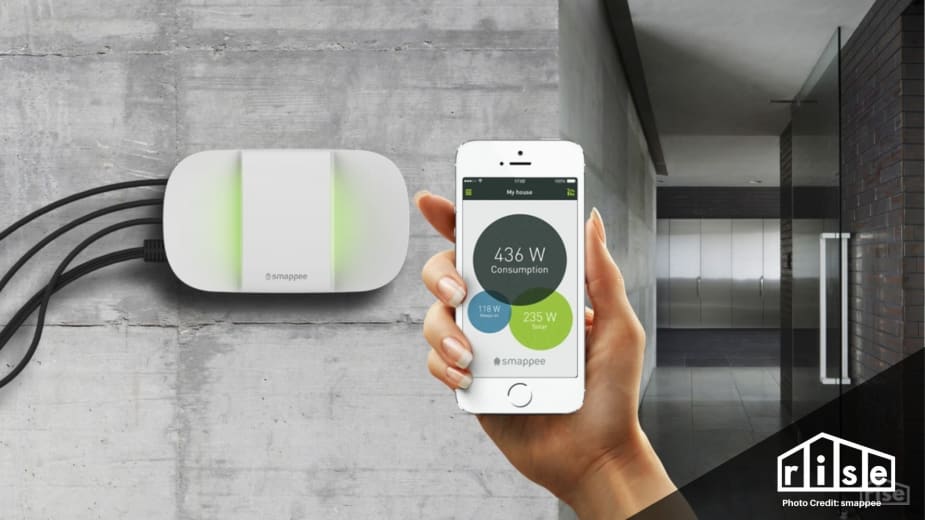Understanding Home Energy Monitoring Systems
A home energy monitoring system is designed to track and measure the electricity consumption of your household appliances and devices. It typically consists of hardware, such as smart meters, sensors, and data loggers, along with software or apps that provide real-time and historical energy data. These systems allow you to identify energy-hungry devices, monitor usage trends, and pinpoint areas for improvement.
Assessing Your Energy Monitoring Needs
Before diving into the installation process, it's crucial to assess your specific energy monitoring needs. Consider factors like the size of your home, the number of electrical circuits, and the level of detail you want from the monitoring system. Some systems provide a comprehensive breakdown of energy consumption per device, while others offer an overview of usage by circuit or area. Understanding your requirements will help you choose the right system.
Selecting the Right Home Energy Monitoring System
Once you've assessed your needs, research different home energy monitoring systems available on the market. Look for systems that are compatible with your electrical setup, offer user-friendly interfaces, and provide the level of detail you desire. Read customer reviews and compare features to make an informed decision. Popular options include Sense, Neurio, and Eyedro, but there are many others to choose from.
Installing the Hardware
After selecting a home energy monitoring system, it's time to install the hardware components. Start by shutting off the main power supply to ensure safety during installation. Follow the manufacturer's instructions to install the smart meters or sensors at the electrical panel. Depending on the system, you may need to connect additional sensors to individual circuits or devices. Take your time and double-check all connections to ensure accuracy.
Configuring the Software/App
Once the hardware is installed, it's time to configure the software or app associated with your energy monitoring system. Typically, you'll need to create an account or download the corresponding app on your smartphone or tablet. Follow the setup instructions provided by the manufacturer to connect the hardware to the software. This may involve entering Wi-Fi credentials or pairing the devices via Bluetooth. Ensure that all connections are established correctly for accurate data transmission.
Calibrating and Mapping Devices
To maximize the accuracy of your energy monitoring system, it's essential to calibrate and map your devices. This involves identifying each device in your home and assigning it to the corresponding energy usage data in the system. Start by turning on one device at a time and monitoring the real-time energy usage displayed on the software or app. Match each spike in energy consumption with the device in use, and label it accordingly in the system.
Analyzing Energy Data and Making Improvements
Once your home energy monitoring system is up and running, you can start analyzing the data it provides. Use the software or app to review energy consumption patterns, identify energy-intensive devices or behaviors, and track changes over time. Look for opportunities to reduce energy waste, such as adjusting thermostat settings, upgrading to energy-efficient appliances, or modifying daily routines. By regularly reviewing and acting upon the data, you can make significant strides in improving energy efficiency in your home.
Integrating with Smart Home Systems
If you have a smart home setup, consider integrating your energy monitoring system with other smart devices. Many systems offer compatibility with popular smart home platforms like Google Home or Amazon Alexa. Integration allows you to control and monitor your energy usage through voice commands or automated routines. For example, you can create a routine that turns off all non-essential devices when you leave the house or receive notifications when energy usage exceeds a certain threshold. This level of automation and control can further enhance your energy efficiency efforts.
Educating and Involving the Household
To create a truly energy-efficient home, it's important to educate and involve all members of the household. Share the insights and data provided by the energy monitoring system with your family and discuss ways to collectively reduce energy consumption. Encourage everyone to adopt energy-saving habits like turning off lights when leaving a room, using energy-efficient appliances, and optimizing heating and cooling settings. By fostering a culture of energy consciousness, you can make a lasting impact on your home's efficiency.
Monitoring and Fine-Tuning
Installing and configuring a home energy monitoring system is not a one-time task. It requires ongoing monitoring and fine-tuning to ensure optimal results. Regularly check the system's performance, review energy usage trends, and make adjustments as needed. Consider scheduling periodic energy audits to assess the effectiveness of your energy-saving efforts. With time, you'll gain a deeper understanding of your home's energy dynamics and be able to make more informed decisions for long-term efficiency.

